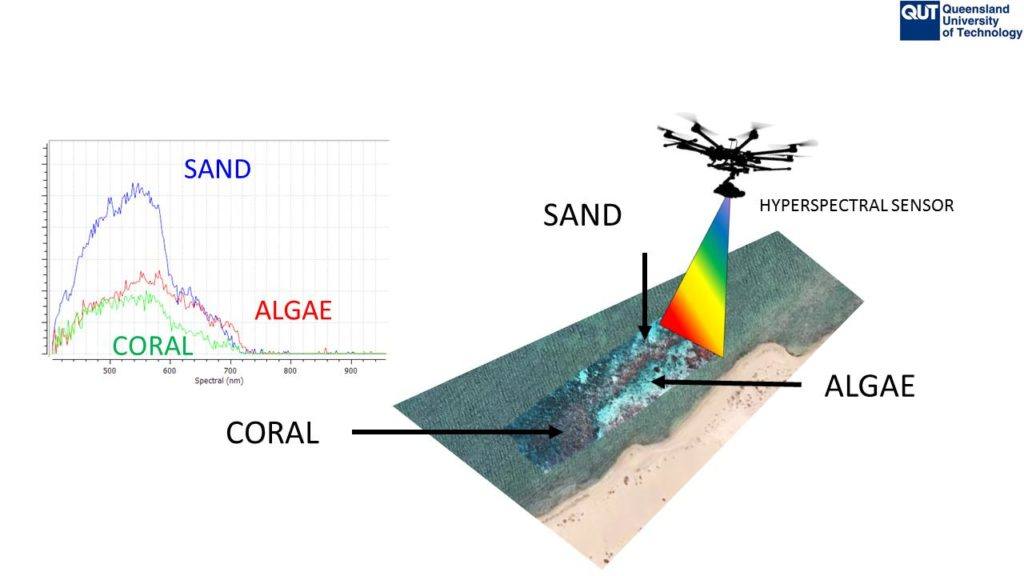Coastal Exploration with Hyperspectral Imaging
Valued PAS customer, Queensland University of Technology is using Headwall’s hyperspectral sensors to examine the beautiful Ningaloo Reef on Western Australia’s mid-north coast which has received a very positive conservation rating from World Heritage Outlook.
When UNESCO reported last year that the world’s coral reefs were likely to disappear by 2100, many Australians saw the need for immediate action. Thanks to cutting-edge analytical methods, scientific coastal exploration is well-advanced in understanding this critical problem.
QUT scientists have clear vision of environmental changes in the coral, scanning 40 hectares of Ningaloo Reef, the largest existing fringing reef in the world, in only 30 minutes,100 metres above the surface, providing data to retain the health of the reef which hosts numerous marine species.

According to media coverage, lead researcher Associate Professor Felipe Gonzalez said the data would help build a fingerprint of the reef, showing coral, sand, algae and other species.
“If the coral is healthy or unhealthy it will show the difference,” he said.
A normal camera collects data in three colour bands: red, green and blue. This camera collects data in 270 bands which is far more than the human eye can see.
With its compact size and weight, the Hyperspec® sensor suits newer multi-rotor and fixed-wing UAVs, the preferred platform for mounting scientific sensing instruments due to their tactical efficiency.
Coastal Exploration beyond the limits of human vision
Hyperspectral sensors can see well beyond the limits of human vision, which runs to about 700 nanometers (nm). Many research projects demand the ability to see into the infrared ranges, often up to and beyond 2500nm.
With such precise vision, it is possible to detect the early signs of stress and disease on coral, vegetation and crops, with enough time to mitigate the problem. The use of imaging in the infrared ranges optimises scientific learning about coastal exploration, geological deposits and climatology and many other applications.
Sensors might collect literally hundreds of spectral bands per pixel, meaning the amount of useful data is enormous.
Speak to PAS and explore the possibilities of hyperspectral vision for your industry.